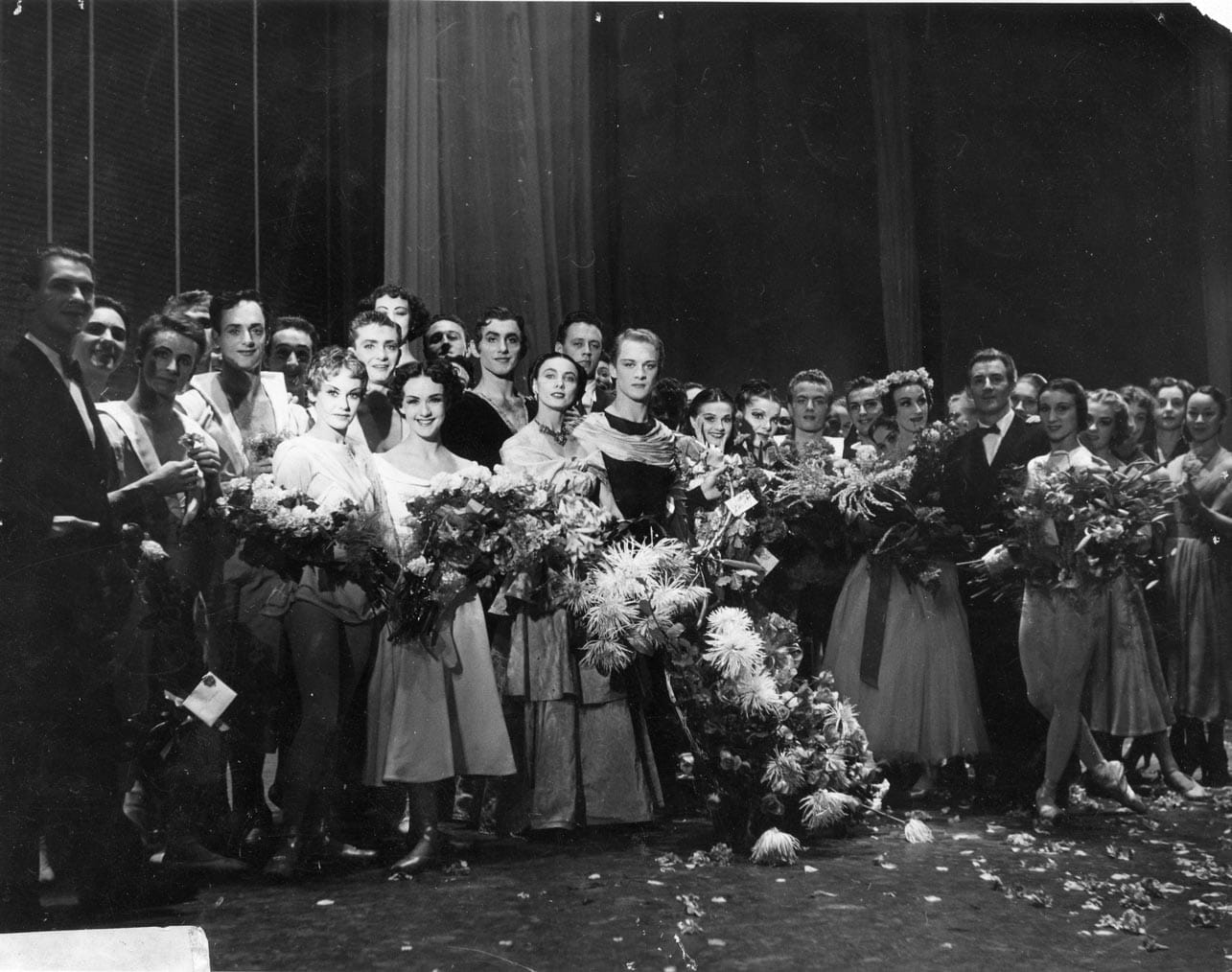The History of English National Ballet: 75 years celebrating tradition and innovation
When Was English National Ballet Founded?
English National Ballet was founded in 1950 by the great English dancers Alicia Markova and Anton Dolin. Markova, one of the first British-born ballerinas to reach international stardom, and Dolin, a renowned dancer and choreographer, came together with a shared vision: to create a company that would bring world-class ballet to all corners of the UK. In a time when ballet was seen as elitist, their goal was to open up the artform.
Initially named Gala Performances of Ballet, and then Festival Ballet, the Company’s mission was to introduce new audiences to ballet while maintaining the highest artistic standards. Underpinning this was the principle that ballet should be for everyone, regardless of social class or geographic location. For that reason, touring was at the heart of the Company’s plans from the very beginning, with the first performances taking place at King’s Theatre, Southsea, followed by a season at the Pavillion, Bournemouth.
Alongside touring, the inaugural season in London featured iconic productions such as Nutcracker, Giselle, Swan Lake (Act II), Les Sylphides, and Anton Dolin’s solo Bolero.
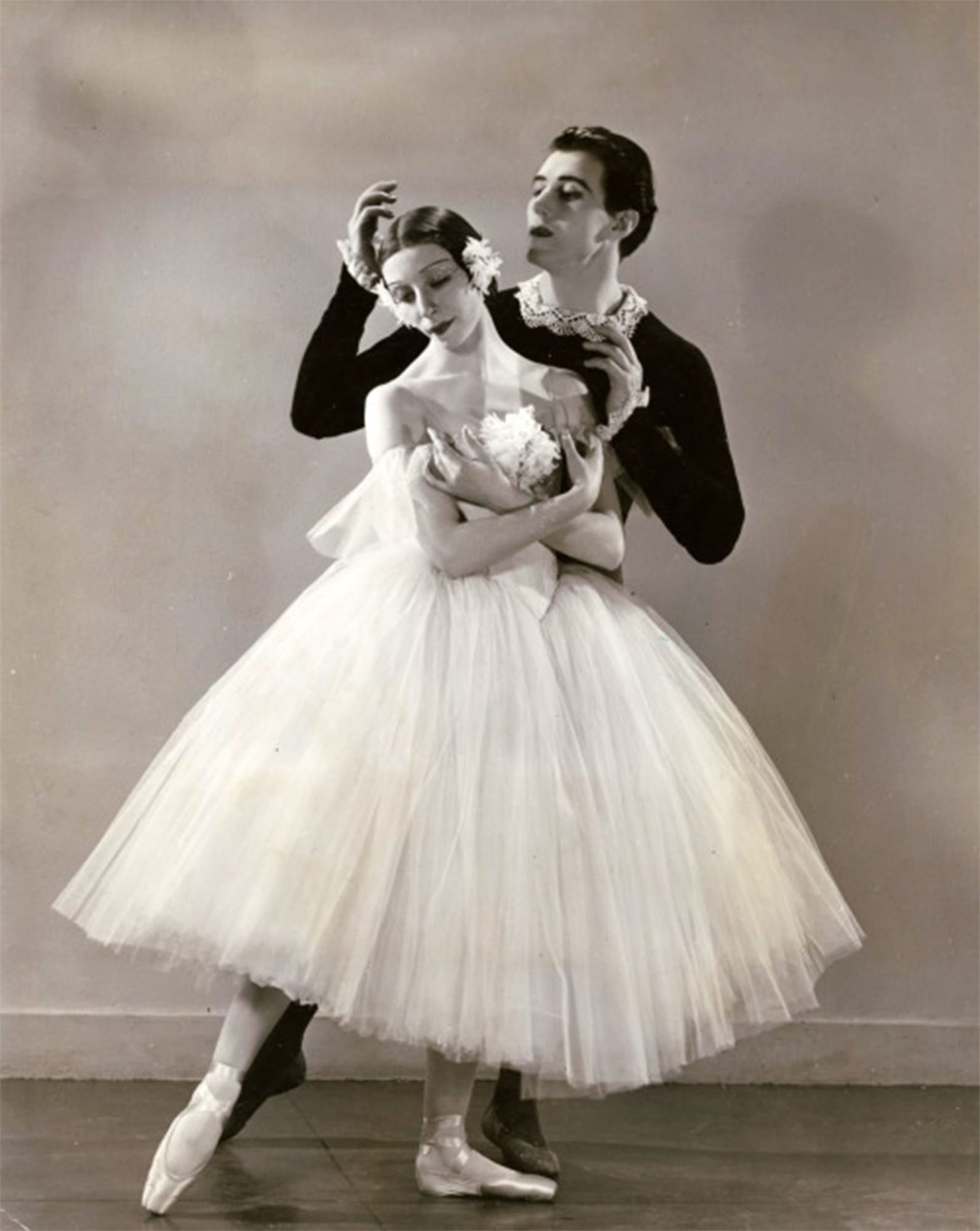
What did English National Ballet’s Early Years Look Like?
Our first decades were marked by a series of groundbreaking performances that helped establish the Company’s reputation. In 1951, one year on from its formation, the Company, now renamed as London Festival Ballet, started touring internationally with travels to Monte Carlo, followed by the USA and Canada in 1954.
From 1952, the Company established a London base for three months of the year at the Royal Festival Hall, presenting a Christmas and summer season.
Over the 1950s and 1960s, the Company expanded its reach by touring extensively across the UK and overseas, giving as many as 330 performances in an annual season. English National Ballet rapidly established itself as an ambassador for British ballet worldwide, while also performing for the first time on London’s most iconic stages, including the Royal Albert Hall.
During this period, the Company also received public funding from London County Council (1662) and Arts Council England (1965).
1968 was a year of achievements and new beginnings, with the Company performing for the first time at the Arena in Verona, Italy, and appointing Dame Beryl Grey as Artistic Director. Grey established annual seasons at the London Coliseum and attracted famous artists and choreographers to work with the Company, including Leonide Massine, Rudolf Nureyev and Eva Evdokimova.
To celebrate the Company’s 25th anniversary, Nureyev used the vast stage of the Coliseum to mount his Sleeping Beauty, and in 1977 created a version of Romeo and Juliet (still performed today) for the Queen’s Silver Jubilee. The decade ended with two significant events: Rudolf Nureyev and Dame Beryl Grey visited the White House to meet President Carter, and the Company toured to China.
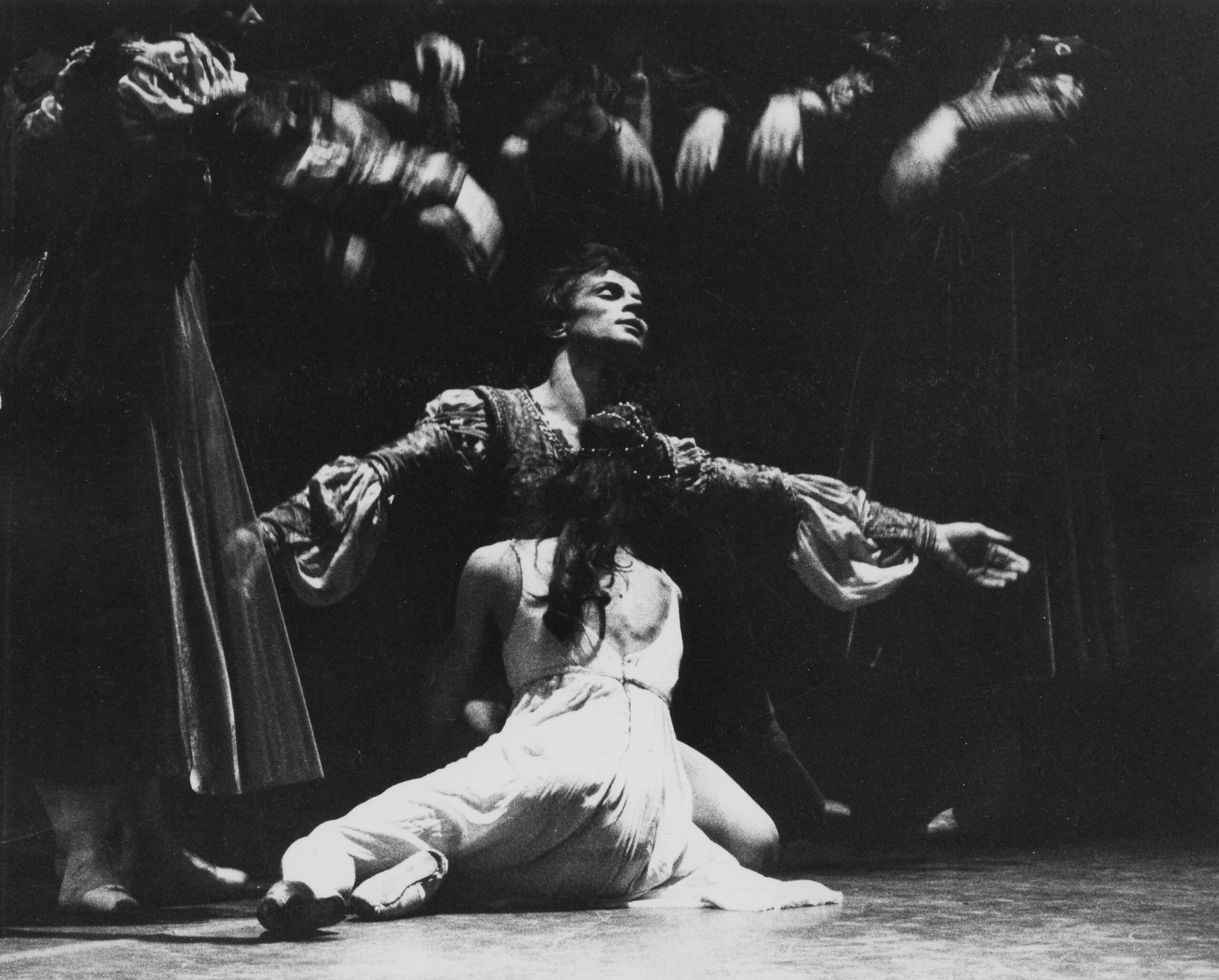
How Did English National Ballet Evolve in the 1980s and 1990s?
By the start of the 1980s, the Company – now under the directorship of John Field, founder and Artistic Director of Sadler’s Wells Theatre Ballet – was pushing boundaries artistically, commissioning new works and introducing modern choreographic voices into its repertoire. At the same time, it became the first British ballet company to establish an education unit, putting community engagement and participation at the heart of our work.
Peter Schaufuss succeeded Field as Artistic Director in 1984, and the following years saw the foundation of English National Ballet School under the mission of nurturing and developing emerging talent. In 1989, the Company officially changed its name to English National Ballet, and welcomed HRH Diana, Princess of Wales, as Patron.
The 1990s were marked by further changes in leadership and direction, with Ivan Nagy and Derek Deane as Artistic Directors. Deane’s tenure heralded a new era for English National Ballet, with the Company achieving artistic and commercial success through ambitious productions such as the large-scale production of Swan Lake in-the-round at the Royal Albert Hall (1997) – a spectacular production which went on to be enjoyed by over 665,000 audiences around the world.
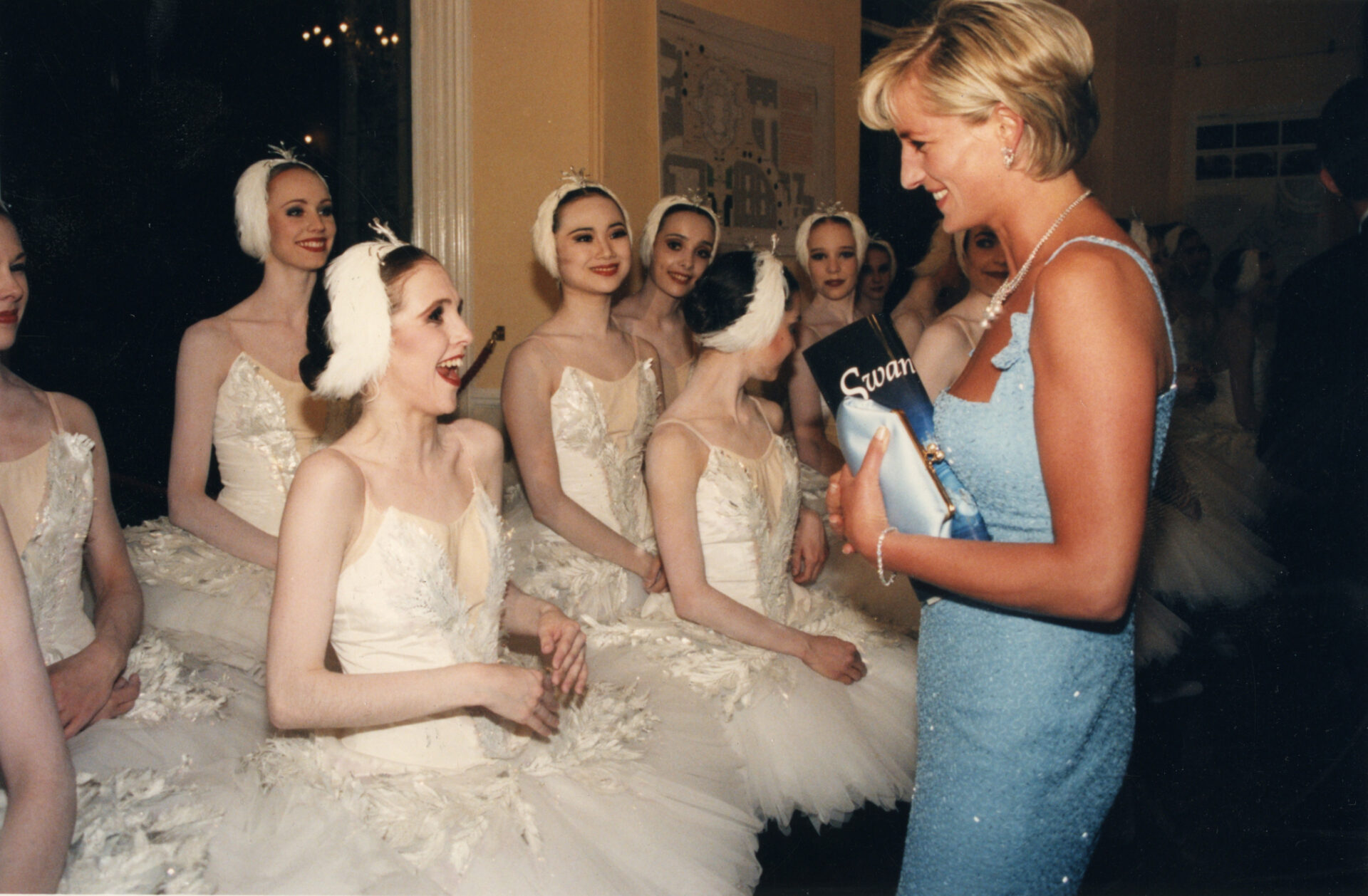
How Did ENB Meet the New Millennium?
As the 2000s unfolded, the Company’s repertoire continued to expand to include more modern work. Under the direction of Matz Skoog from 2001, English National Ballet showcased British choreographers such as Michael Corder, Wayne McGreggor, Cathy Marston and Christopher Hampson. From 2006 – 2012, Wayne Eagling assumed leadership of the Company and choreographed a number of ballets including Men Y Men, Jeux and a version of Nutcracker that was performed annually at the London Coliseum until 2023 and seen by over 850,000 audiences.
In 2010, the Company launched Dance for Parkinson’s, as part of our engagement work. The programme still runs today in multiple locations across the country, offering people living with Parkinson’s the opportunity to engage with high quality artistic activity, inspired by English National Ballet’s repertoire. At the same time, Eagling created Emerging Dancer, an annual event that shines a spotlight on rising talent within the Company.
Two years later, the My First Ballet series launched, with specially adapted productions welcoming audiences as young as three years old.
2012 brought another important landmark, with Tamara Rojo, who previously danced with the Company in the 1990s, joining as Artistic Director and Lead Principal. Rojo brought fresh energy to the Company, with a commitment to expanding the repertoire and showcasing the work of female choreographers. Highlights included the premiere of Lest We Forget, a mixed bill reflecting on World War I, the premiere of Akram Khan’s Giselle, the Company debut on the Pyramid stage at Glastonbury Festival, and becoming an Associate Company of Sadler’s Wells. In 2017, English National Ballet became the first UK Company (and second in the world) to perform Pina Bauch’s iconic Le Sacre Du Printemps.
In 2019, the Company moved to a new home in east London, with a purpose-built, state of the art building.
In 2020, English National Ballet celebrated its 70th Anniversary with a gala at the London Coliseum. This included excerpts of many productions from our rich history as well as welcoming back former artists, choreographers and repetiteurs to work again with the Company for this special occasion.
In 2021, English National Ballet launched Ballet Futures: The Pipeline Project giving young dancers from traditionally underrepresented backgrounds the opportunity to unlock their full potential and participate in professional ballet training from the earliest possible point. The project runs in association with dance schools nationwide and advocates for greater diversity in ballet.
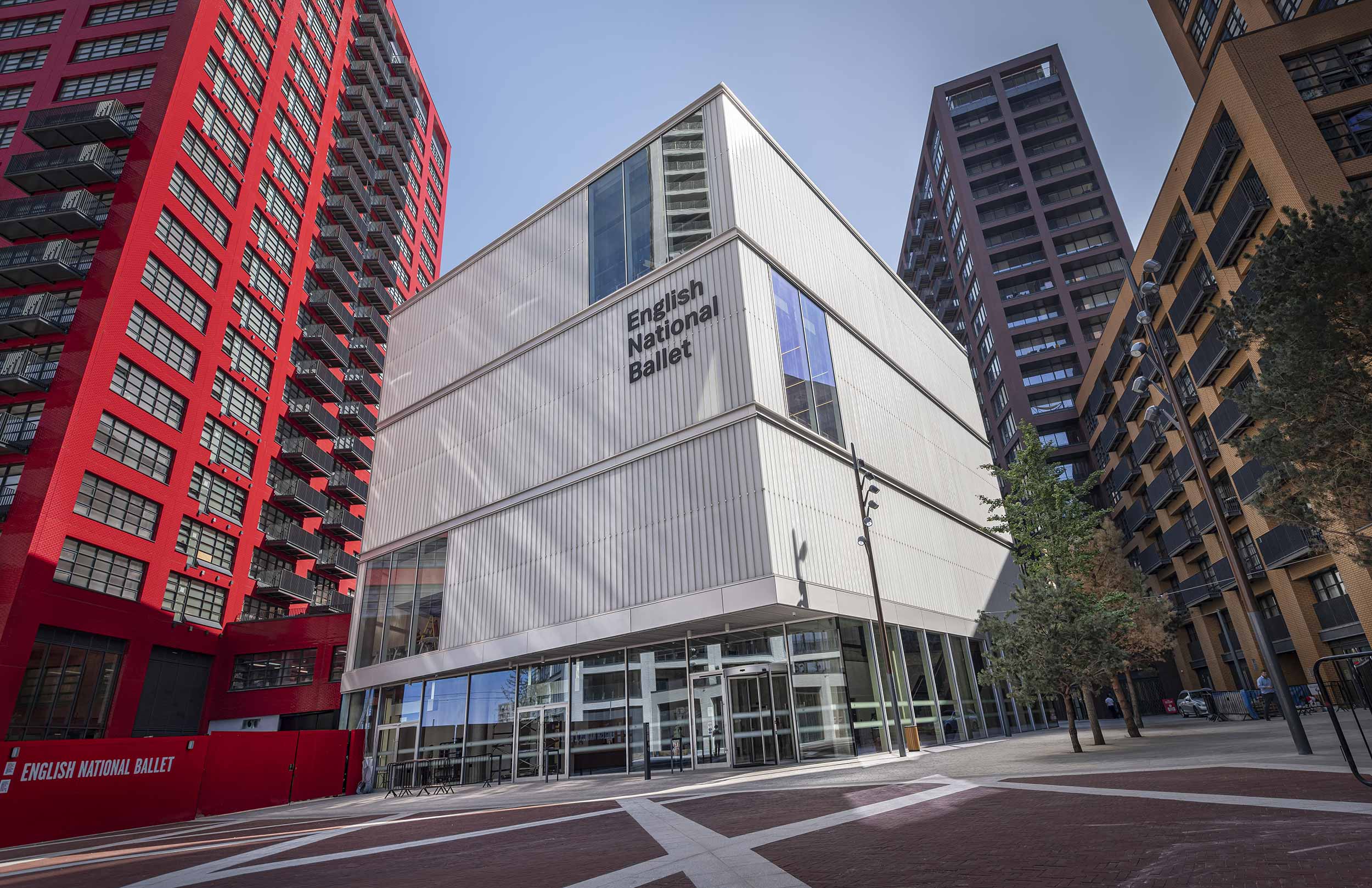
Where is English National Ballet’s Home?
Based in east London, the Company moved to its new purpose-built, state-of-the-art home in 2019. The Mulryan Centre for Dance offers the space the Company needs to continue growing and creating groundbreaking work. At the same time, it allows us to expand our public programmes, workshops and classes. In 2021, the Mulryan Centre for Dance was named the London Building of the Year by the Royal Institute of British Architects.
How does English National Ballet Engage with Online Audiences?
In response to the Covid-19 pandemic, ENB launched ENB at Home, a digital platform bringing dance fans together to access content from the Company, including performances and classes. Through Ballet on Demand, online audiences can access full-length ballets and documentaries available to rent for a small fee per title. The Company also offers a dedicated on-demand online studio, Ballet Active, with a wide range of dance, yoga and fitness classes for all abilities.
English National Ballet’s ENB at Home was awarded by the Critics’ Circle National Dance Awards as the Best Company Response to the Pandemic, and it now continues to reach audiences globally.
Who is the Company’s Current Artistic Director?
In 2023, Aaron S. Watkin succeeded Tamara Rojo as Artistic, returning to the Company where he previously danced three decades before. Watkin’s inaugural season included world premieres and major revivals of some of the Company’s most iconic productions, shining a light the versatility and artistry of English National Ballet.
In 2024, Aaron S. Watkin premiered a new version of Nutcracker – the 11th in the Company’s history – which he co-choreographed with Olivier-Award Winner Arielle Smith. Set in Edwardian London, with spectacular designs by Dick Bird, this acclaimed reimagining was the focus of a behind-the-scenes Sky Arts documentary series.
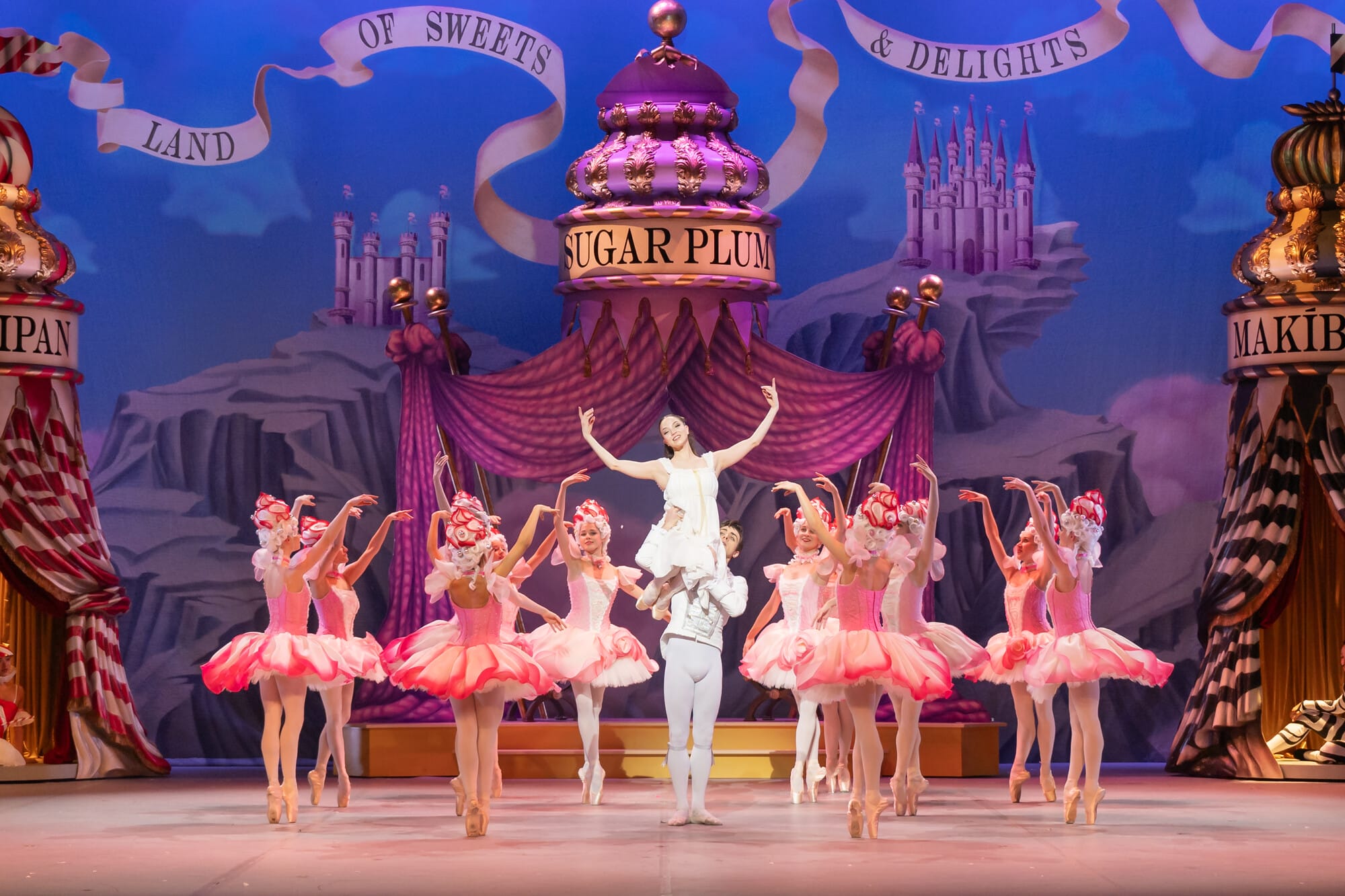
How Is English National Ballet Celebrating Its 75th Season?
The 2024/2025 is the Company’s 75th. The season offers audiences a chance to experience a blend of beloved classics and exciting new works, including two versions of one of the great Romantic ballets in Akram Khan’s Giselle and Mary Skeaping’s Giselle, a brand-new Nutcracker, a celebration of master choreographer William Forsythe in The Forsythe Programme, and a return of children’s favourite My First Ballet: Swan Lake.
The season culminates in July, with a 10-day digital celebration that spotlights the past, present and future of English National Ballet. ENB@75 features exclusive performance excerpts, and behind-the-scenes videos and interviews, inviting audiences around the world to celebrate with the Company.
